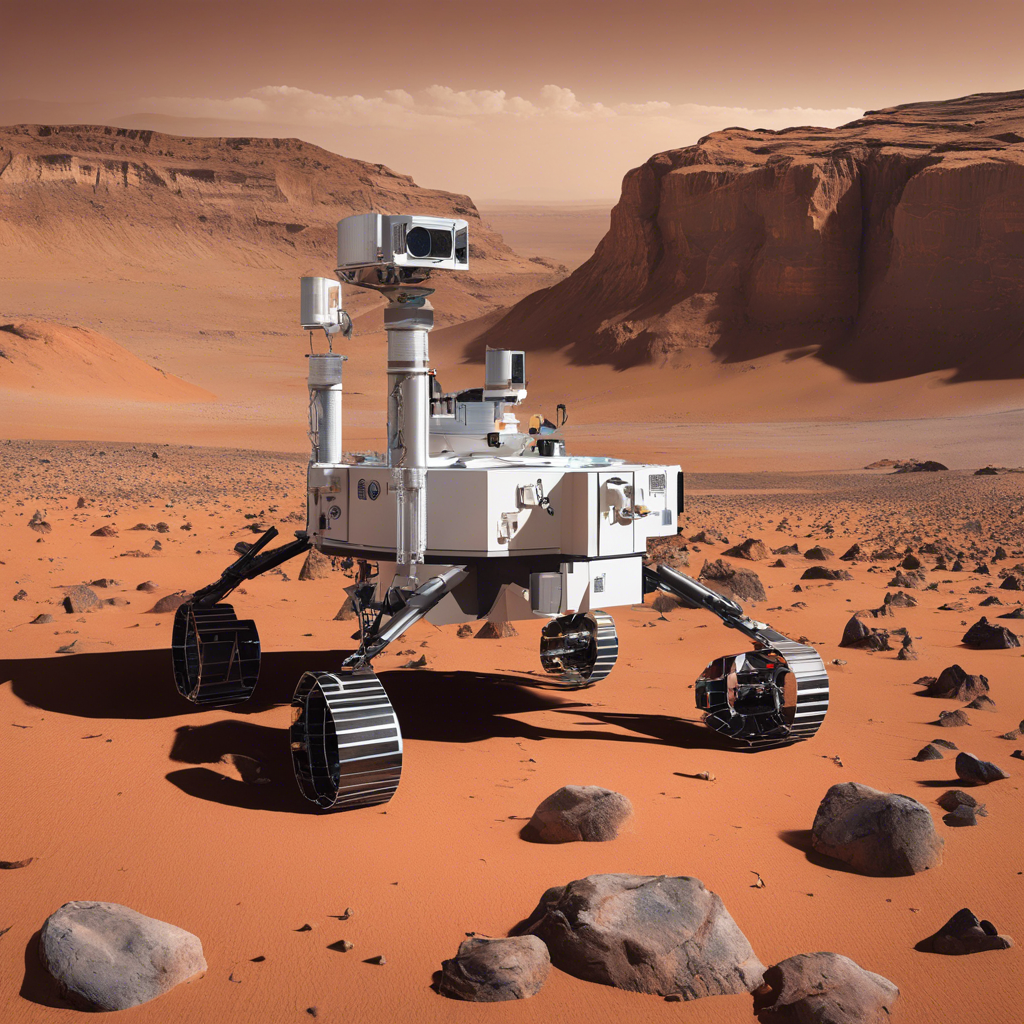The search for life beyond Earth has long captivated scientists and the public alike, with Mars being a primary focus of this quest. The red planet’s proximity and similarities to Earth make it an enticing target for exploration. As we continue to unravel the mysteries of Mars, a group of scientists is taking an innovative approach by studying extreme Earth environments as analogues for potential Martian life.
These researchers are venturing into some of the harshest places on our planet, from arid deserts to frigid polar regions, to understand how life might exist in similarly hostile conditions on Mars. By examining the adaptations of organisms in these extreme habitats, they gain insights into the potential for Martian habitability and the kinds of life forms that could survive there. It’s like using Earth as a living laboratory to prepare for future missions and interpret findings from the red planet.
One such extreme environment is the Atacama Desert in Chile, one of the driest places on Earth with areas that haven’t received rain in recorded history. Studies in the Atacama have revealed microbial life forms that survive on minimal water and tolerate high UV radiation, offering clues about potential Martian life in similarly arid regions. Similarly, researchers studying permafrost regions in Antarctica gain insights into how life might exist in Mars’ cold, icy regions.
These analog studies provide a unique perspective on astrobiology, helping scientists understand the limits of life and the potential for extraterrestrial existence. By investigating these extreme environments on Earth, researchers can test instruments, develop strategies for sample collection and analysis, and interpret data from Mars missions. It’s like having a practice run on Earth before exploring the challenges of Mars.
The findings from these studies have significant implications for the search for life beyond Earth. For example, understanding how microbes survive in extreme conditions on our planet can help researchers identify potential biosignatures—signatures of life—on Mars. This knowledge guides the design of instruments and experiments for future Mars missions, ensuring that they are equipped to detect and analyze potential signs of life effectively.
Additionally, these analog studies offer a more immediate and accessible way to study and test hypotheses about Martian life. While sending missions to Mars provides invaluable data, it is also time-consuming and costly. By studying extreme environments on Earth, scientists can more rapidly test and refine their understanding of extraterrestrial life potential.
As we continue to explore Mars and seek answers to the question of life beyond Earth, these analog studies on our planet provide a vital foundation. They offer a unique perspective on the limits and capabilities of life, guiding our search for potential biosignatures and informing the strategies and technologies used in Mars exploration. The insights gained from these extreme Earth environments bring us one step closer to unraveling the mysteries of Martian habitability and the possibility of life on our celestial neighbor.
